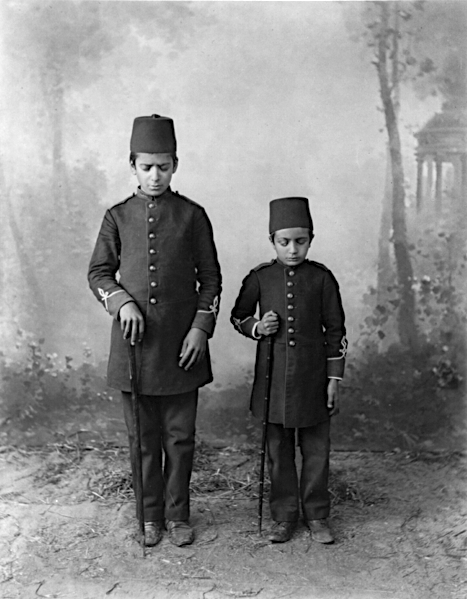Upper Level Seminar: Photography in the Near East

Photography does not simply record history: it shapes perceptions of the world. This course focuses on the role of the photographic medium in the lives of the peoples of the Near East, especially in the lands of the Ottoman Empire in the years when photography was first coming into its own as an agent of social and political change. Particular attention will be paid to the Armenian experience, but students will also consider the place of photography in the lives of Turks, Arabs, Kurds, Greeks, and myriad other groups. What, it will be asked, did the medium mean to those who made, posed for, exchanged, and viewed photographs? How did photographs affect notions of place and identity?
The course will serve as an introduction not only to a crucial phase in Near Eastern history but also to the medium of photography itself. We will consider its varied guises as science and art, leisure activity and commercial enterprise. Students will have occasion to explore the central historical and theoretical concerns of the field of the history of photography as they develop skills in visual analysis. The course - open to students of any discipline and assuming no prior knowledge - will utilize local museum collections and involve fieldtrips. Grading will be based on class participation, discussion of readings, and a series of short assignments.
HISTART Categories for Concentration Distributions: A. The Middle East (includes Western and Central Asia, and North Africa), D. Europe and the US.